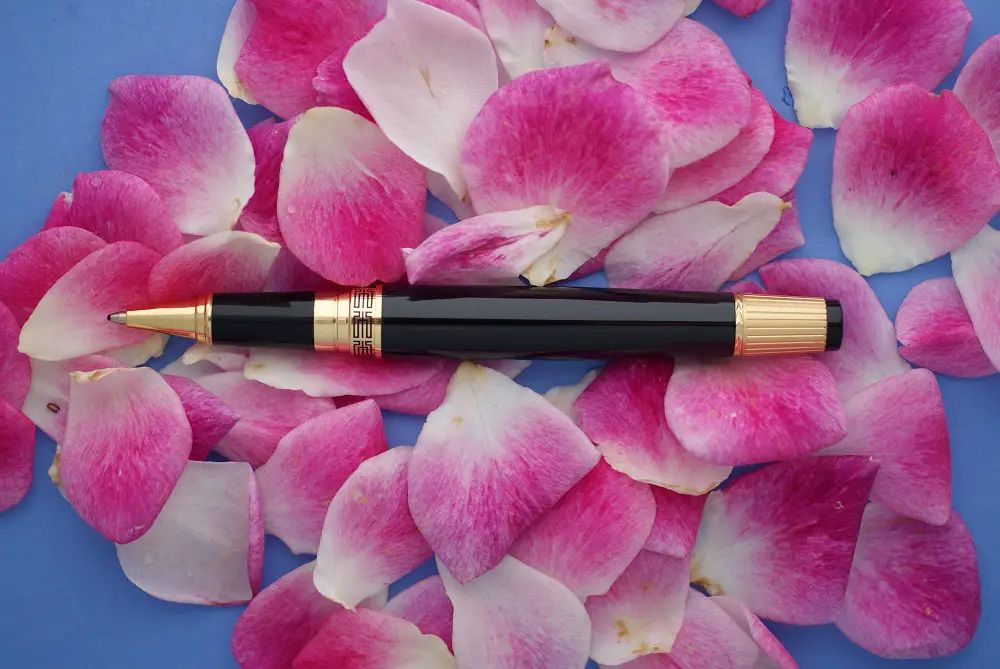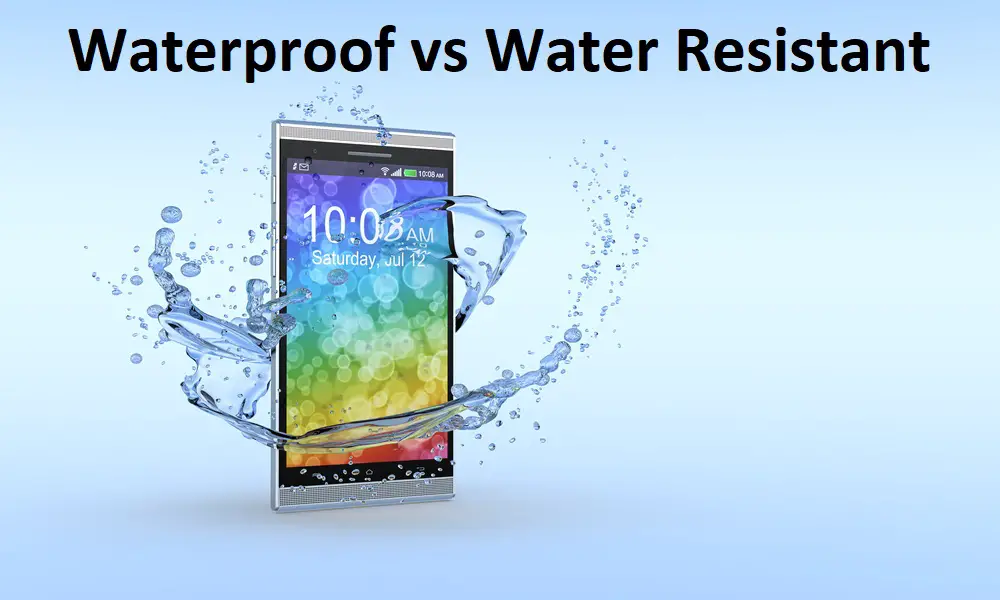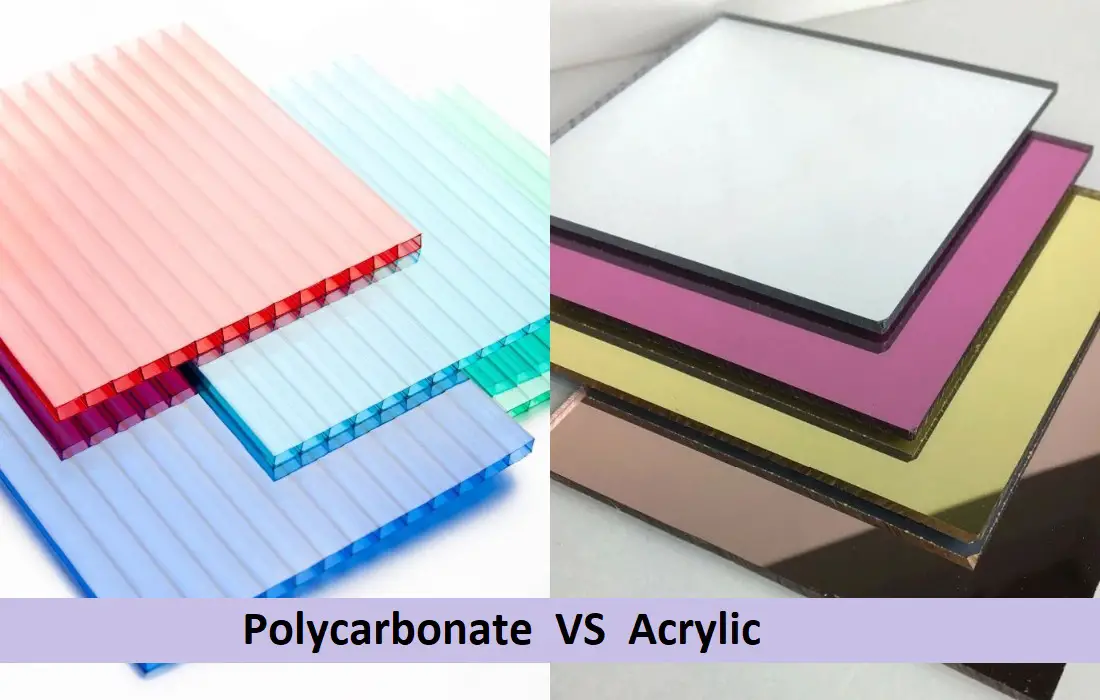Difference Between Rollerball and Ballpoint
Whether you write as a hobby or professionally, chances are you end up manually inscribing much of your notes. And as any writer knows, the quality of the pen used determines the smoothness, speed, and efficiency with which you can write.
Now, while the elegance of a gel-pen script is undeniable, true writers know the unparalleled comfort of using a ball pen. However, many end up confusing the difference between rollerball and ballpoint pens.
This might not seem like an issue with which to concern yourself, but being able to make the distinction can serve you well when you are picking out a new pen for yourself. So, here’s a comprehensive breakdown of how to tell them apart.
Rollerballs Vs. Ballpoints: An Overview
For the uninitiated, the different ball pen types might seem interchangeable. But if you care about your stationery, knowing how to separate them is helpful. Let’s start with a brief overview.
What Is a Rollerball Pen?

A rollerball pen is characterized by the use of ink that is of the water-based or gelled ink variety. They write similar to the way ballpoint pens do. In comparison to the rounded tips of ballpoint pens, rollerball pen tips are slightly sharper.
What Is a Ballpoint Pen?

As opposed to a rollerball pen, a ballpoint makes use of oil-based inks that have a viscous texture. The tip of a ballpoint pen is somewhat rounded to offer a smooth writing experience—hence its name.
Board Book and Hardcover: How Do They Differ?
The Difference Between Rollerball and Ballpoint Pens
If you’ve been paying attention, you’ve probably already picked up on the key difference between ballpoint and rollerball pens—the type of ink they use. There are also a few other variations between the two writing tools. Let’s have a close look at each criterion.
Ink Type
If you’ve ever used a ballpoint pen, what you noticed first was probably the smooth, vivid, and thick strokes it makes, which can be attributed to a gel-like, oil-based ink.
These inks are of a thick, sticky consistency, which sometimes leads to ink blob formation. Oil-based inks also take a longer time to dry. But they typically grasp the paper more closely and are more durable overall.
Meanwhile, rollerball pens make use of water-based inks. If a fluid writing experience is what you prioritize, you’ll definitely appreciate the smoothness of such inks.
This does mean that rollerball pens produce a finer line, but it usually dries quicker. With a low-quality rollerball pen, there is a possibility the ink will dry up inside the pen’s tube.
Body
Do you know the main, long part of the pen which houses the ink tube? That’s called the pen’s barrel. The barrel of a rollerball is distinguishable from that of a ballpoint. Here’s how.
Because a ballpoint pen dispenses oil-based ink, it’s less likely to dry up. This means a cap isn’t required. As such, most ballpoint pens you buy will likely have a twisting body or a clicking mechanism that reveals the nib of the pen.
On the other hand, when it comes to the water-based ink of rollerball pens, there is a higher risk of drying. This means the majority of rollerball pens will come with an accompanying cap to keep the ink nice and wet.
Writing Experience
Every pen offers a unique writing experience, and it’s the same for rollerballs and ballpoints. Although the flow of ink and the purchase on the paper is similar, a trained pen user knows the difference.
Rollerball pens produce a finer, more quickly-drying line. On the contrary, ballpoint pens give you greater control and maneuvering power when you put them against a paper.
Leakage
The good news is that both rollerball and ballpoint pens boast leak-free designs and are great alternatives to fountain pens. Depending on the situation, though, rollerballs tend to leak in the event of low pressure.
Let’s say you’ll be flying, for example. In such cases, it’s best to stick with ballpoints over rollerballs to avoid potential leakages. If you absolutely must use a rollerball, try to ensure that its ink reservoir is full instead of half-empty.
Some Articles You Will Find Interesting:
- Novel Vs. Book: 3 Key Differences
- What Are The Differences Between Deskjet and Inkjet Printers?
- Difference Between Preaching and Teaching
What’s Better to Use: Ballpoint or Rollerball Pens?

So, now you know the main distinctions between the two pen types. And yet, due to their similarities, choosing one over the other can be a little difficult. So, here’s a re-appraisal of both pens’ strengths and weaknesses.
Ballpoints Offer Lower Smudging
Because of the high viscosity of the ink used in ballpoint pens, they dry quicker. Consequently, smudging is kept to a minimum. In comparison, rollerballs, which use a more runny ink, deposit more material onto the paper as you write and can cause blots and smudging. But this also means that…
Rollerballs Draw a Thicker Line
So, if you’re trying to produce a more vivid pen stroke, it’s best to go with a rollerball. You’ll also enjoy a thicker ink deposit, which might be preferred by those who write in looping scripts such as cursive.
The writing will also stand out on the paper better. It’s also worth noting that rollerballs come in a wider range of colors. That being said, feathering and bleeding are also more common with rollerball pens. And that’s just one of their disadvantages.
Rollerballs Dry Quicker
Unfortunately, the higher comparative smoothness of a rollerball pen comes at the cost of ink that dries more quickly. This means that, when not in use, it must always have its cap on.
It can cause problems for careless writers who tend to lose their pen cap frequently. If you want to forego the annoyance of a capped pen altogether, go for a ballpoint model. As mentioned before, they usually come in twisting or clicking models.
Ballpoints Are Easier to Control
Another one of the main advantages of using a ballpoint pen is that you get to exert greater control over how you write—so it’s no wonder that they’re preferred when filling up forms or signing official documents.
In fact, in such situations, avoid rollerball pens, as they are, once again, susceptible to bleeding and feathering.
Ballpoint Pens Are Less Expensive
That’s yet another point for ballpoint pens. Although inexpensive rollerball pens are also available, they’re likely to perform unsatisfactorily by drying out, smudging, or losing their caps. But that doesn’t mean rollerballs should be dismissed. They do have a few more benefits.
Rollerballs Are More Comfortable
This is thanks to the fact that because it’s smoother, using a rollerball pen requires the user to exert less pressure. So, if your hand gets tired easily, you might want to opt for a rollerball over a ballpoint.
Final Words
As we’ve seen, the difference between rollerball and ballpoint pens can be seen in a wide range of factors. If you’re particular about the types of writing tools you use, understanding this distinction can be very important.
When it comes down to it, though, they’re both great pens—particularly if you’re willing to spend more than a dollar or two. After all, as a writer, you know that nothing’s worse than having your flow interrupted by an underperforming pen.
Good luck, and happy writing!






